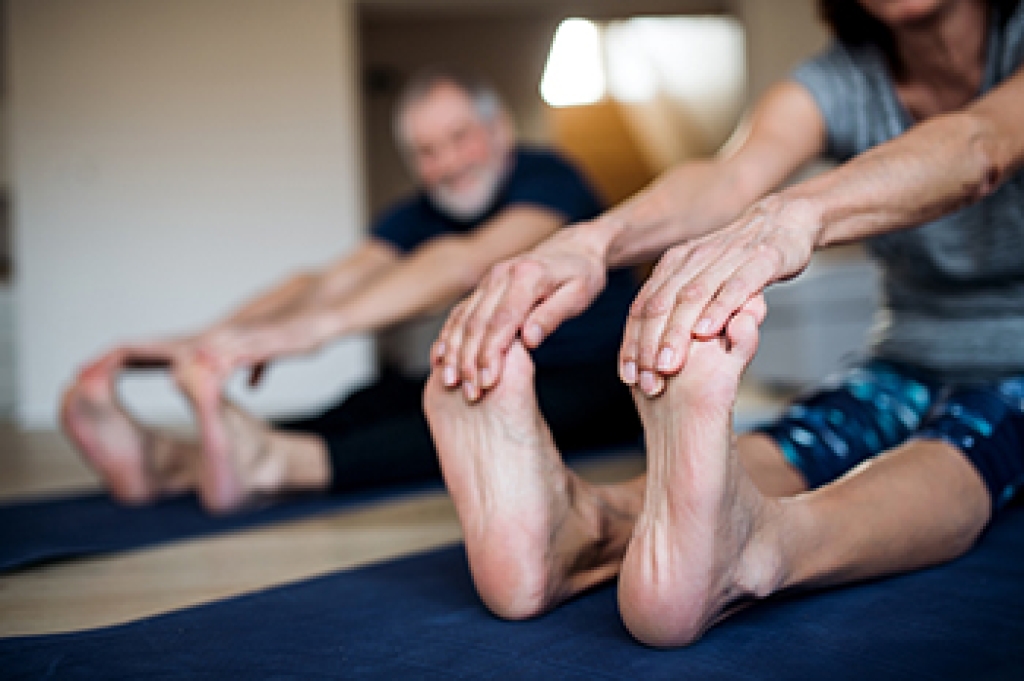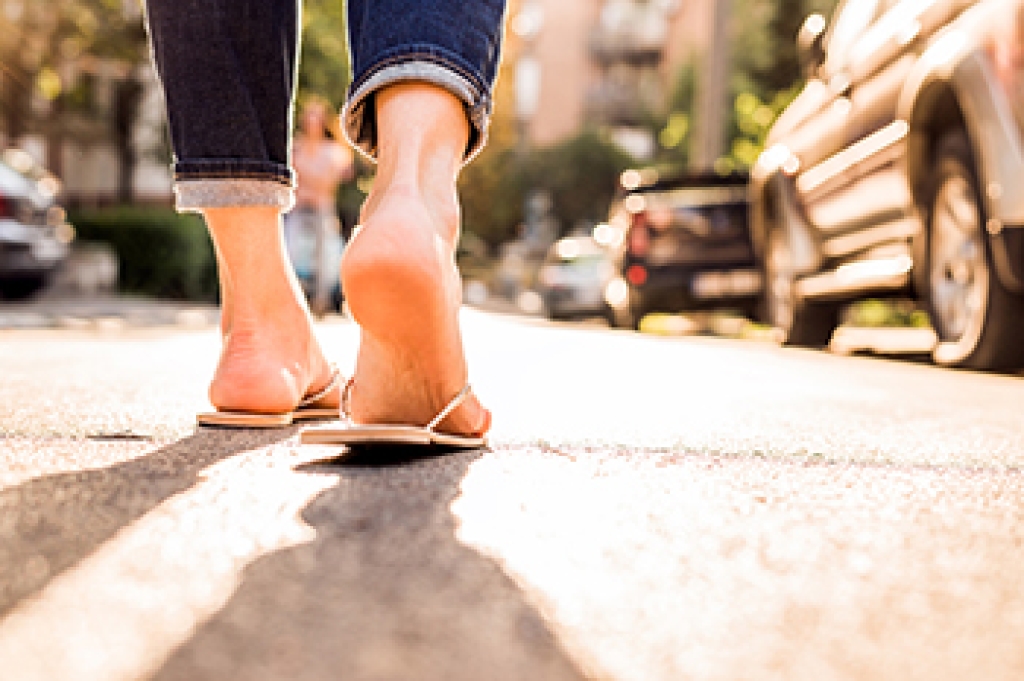
Pickleball, with its fast-paced and dynamic movements, often leads to ankle injuries, such as sprains and strains. Ankle sprains typically occur from sudden twists or missteps, while strains result from overstretching or overuse. To prevent these injuries, players should focus on proper warm-ups and stretching exercises to prepare the muscles and ligaments for activity. Supportive footwear designed for court sports can provide better stability and cushioning, reducing the risk of ankle twists. Additionally, incorporating strengthening exercises for the ankles and improving balance can help support joint stability. Practicing good footwork and being mindful of movement patterns also play a critical role in preventing injuries. If you have endured a foot or ankle injury from playing pickleball, it is suggested that you visit a podiatrist who can offer effective treatment solutions and guide you toward injury prevention techniques.
Sports related foot and ankle injuries require proper treatment before players can go back to their regular routines. For more information, contact Kent DiNucci, DPM of Ankle and Foot Clinic . Our doctor can provide the care you need to keep you pain-free and on your feet.
Sports Related Foot and Ankle Injuries
Foot and ankle injuries are a common occurrence when it comes to athletes of any sport. While many athletes dismiss the initial aches and pains, the truth is that ignoring potential foot and ankle injuries can lead to serious problems. As athletes continue to place pressure and strain the area further, a mild injury can turn into something as serious as a rupture and may lead to a permanent disability. There are many factors that contribute to sports related foot and ankle injuries, which include failure to warm up properly, not providing support or wearing bad footwear. Common injuries and conditions athletes face, including:
- Plantar Fasciitis
- Achilles Tendinitis
- Achilles Tendon Rupture
- Ankle Sprains
Sports related injuries are commonly treated using the RICE method. This includes rest, applying ice to the injured area, compression and elevating the ankle. More serious sprains and injuries may require surgery, which could include arthroscopic and reconstructive surgery. Rehabilitation and therapy may also be required in order to get any recovering athlete to become fully functional again. Any unusual aches and pains an athlete sustains must be evaluated by a licensed, reputable medical professional.
If you have any questions please contact our office located in Omaha, NE . We offer the newest diagnostic and treatment technologies for all your foot and ankle needs.




